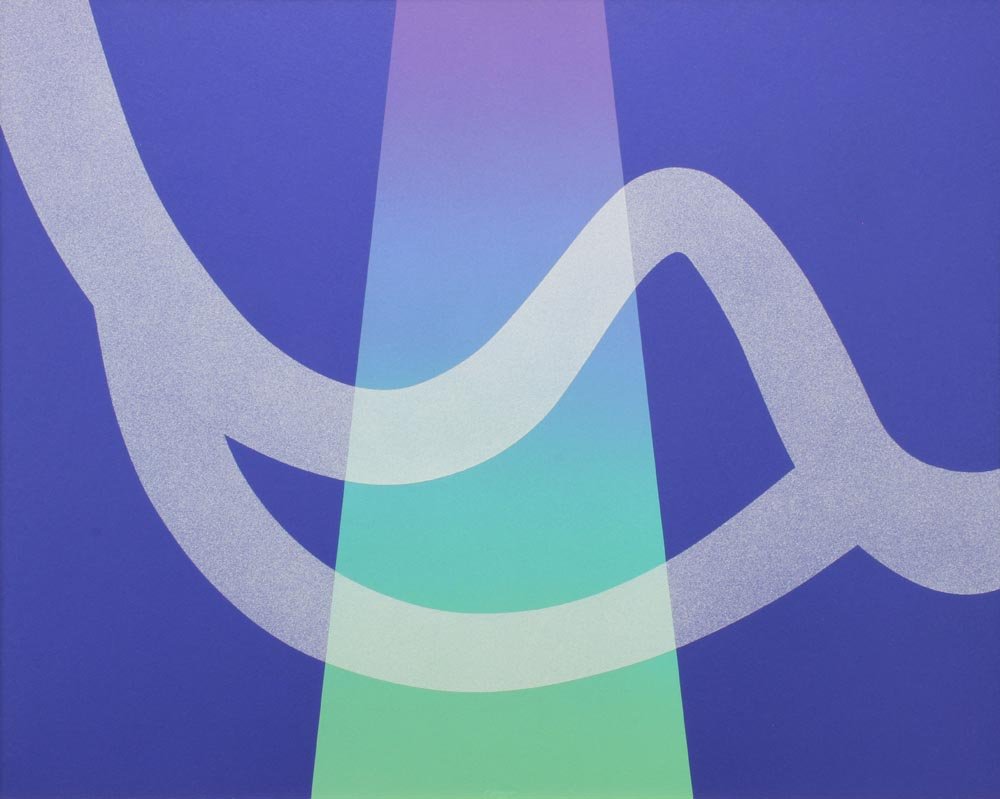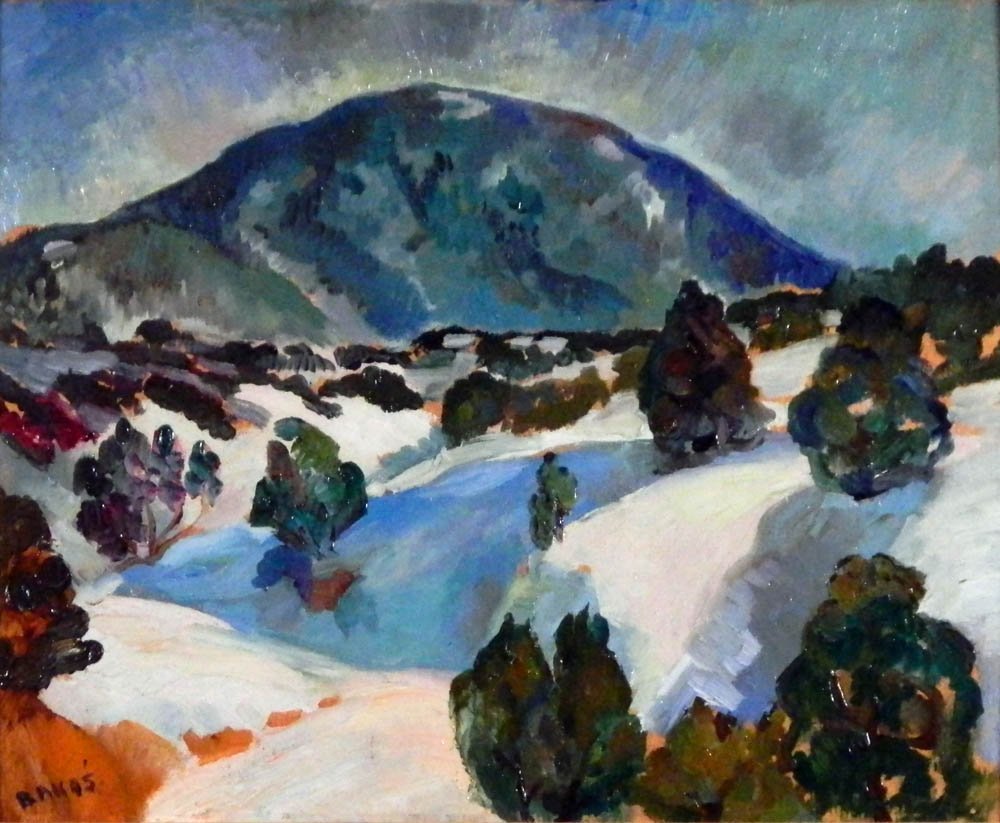
AMERICAN MODERNISM AND ABSTRACT ART
19th and 20th Century American Art
Transcendental Painting Group
THE MISSION OF THE TRANSCENDENTAL PAINTING GROUP
The Transcendental Painting Group was formally established 1938-1945. The artists issued a manifesto stating that their purpose was "to carry painting beyond the appearance of the physical world, through new concepts of space, color, light and design, to imaginative realms that are idealistic and spiritual." Formally experimental, the Transcendental Painting Group painters often used geometric compositions similar to those of Constructivism and the Bauhaus, though their richly chromatic depictions of form celebrate musical rhythms and auratic light often missing from those earlier paintings.
Los Cinco Pintores
THE MISSION OF THE LOS CINCOS PINTORES
Los Cinco Pintores was formally organized 1921 – 1926: the stated goal of the group was to take art to the people by exhibiting in places such as schools, hospitals, factories and even the New Mexico Penitentiary.
-
Fremont Ellis
-
Walter Mruk
-
Willard Nash
-
Will Shuster
American Modernists
THE MISSION OF THE AMERICAN MODERNISTS
American Modernists “coined” the name in the 1960s to be associated with artists who painted in the abstract expressionist, color field, and hard-edge painting styles of the period. Modernist art is innovative, leaning toward abstraction and futuristic themes, and relates to all art forms.
(* indicates contemporary.)
-
Oscar Bluemner
-
Sandu Darie
-
Richard Diebenkorn
-
Nancy Genn*
-
Keith Haring
Taos Society of Artists
THE MISSION OF THE TAOS SOCIETY OF ARTISTS
By 1915, six professional artists from the East had made Taos a focus of their work. In that year they formed the Taos Society of Artists. The purpose of the membership was “to develop a high standard of art among its members, and to aid in the diffusion of taste for art in general… [and] to facilitate bringing before the public through exhibitions and other means, tangible results of the work of its members.”
Source: Mary Carroll Nelson, Legendary Artists of Taos; Couse-Sharp.org (* indicates not formal members of the group.)
-
Ernest Blumenschein
-
Eanger Irving Couse
-
Catherine Carter Critcher
-
W. Herbert “Buck” Dunton
-
E. Martin Hennings
-
Walter Ufer
-
John Young-Hunter *
Southwest and Taos Moderns
SOUTHWEST MODERNS
Southwest modernists shared an aesthetic for the terrain of the Northern NM landscape and represented it in a modern abstract style. They characterized the landscape in a stylized abstract manner suggesting objects, mountains, and figures in skeletal sparsely detailed compositions.
SANTA FE, NEW MEXICO
-
Robert Henri
-
Sheldon Parsons
TAOS MODERNS
The Taos Moderns, Louis Ribak, Edward Corbett, Bea Mandelman, Earl Stroh, and Clay Spohn had the knowledge and experience of urban living in New York and San Francisco. As a group, they consciously moved away from identifiable subjects to more natural abstract forms representing the landscape. In Taos New Mexico they found a freer lifestyle and less hurried cluttered way of living. This translated into their work.
“Only a few generalizations can be made about the Taos Moderns: they purposely left urban life behind, and consciously or unconsciously, reflected or directly interpreted the power of the land and the light in their art. They often described their art and its relation to the environment in Taoist terms. They felt creativity as an all-pervasive force --art in service to life itself rather than in servitude to the marketplace. In a different Kind of revolution, these Modernists have gone their own way, producing art that is part of the larger American art mainstream, but with an unorthodox attitude derived from the harsh land and ancient cultures of Taos.”
(Witt, David, Modernists in Taos from Dasburg to Martin, pg. 33.)
-
Helen Greene Blumenschein
-
Rebecca Salsbury James
-
Alfred Rogoway
POST WWII
-
Edward Corbett
-
Ted Egri
-
Cliff Harman
-
Arthur Jacobson
-
Janet Lippincott
-
Lee Mullican
-
Robert Ray
-
Oli Sihvonin
-
Clay Spohn
-
Earl Stroh






